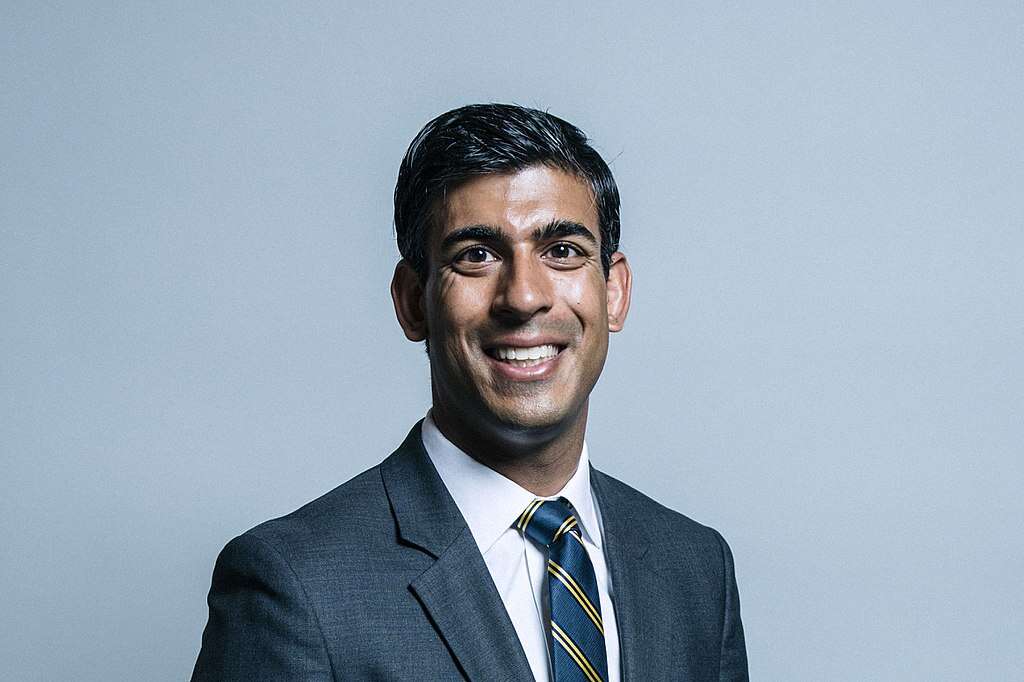
COnservative leadership candidate Rishi Sunak said this week that he would encourage the adoption of AI in classrooms to reduce teachers’ workloads and “inspire pupils”. AI can help in the classroom, an expert told Tech Monitor, but it requires careful implementation and will not replace the need to recruit and train more teachers.

Speaking earlier this week, Sunak promised a wide range of reforms that put technology at the heart of education including using AI and digital teaching resources as a way to supplement the work of teachers in a “hybrid learning” environment and inspiring pupils to pursue careers in technology.
“I will also take bold, practical steps to build on the successful Conservative education reforms of the past decade by harnessing technology and improving the quality of teaching in underperforming areas,” he declared.
“Every child deserves a world-class education and, if I become prime minister, I will make it my mission from day one to ensure that’s what they get.”
AI can help improve the effectiveness of education, says Professor Benedict du Boulay, who researches the application of AI in education at the University of Sussex. But it is not a quick fix for teacher shortages, he says, and requires careful design and implementation.
“It is going to help but there are a lot of provisos on that,” du Boulay told Tech Monitor. “It is wrong-headed to think we can save money on hiring or training teachers by having kids sat at laptops all day.”
AI in classrooms: three approaches
There are three ways in which AI is used in education, du Boulay explains. The first is learner-centred tools which directly assist pupils in their education. These can provide feedback on the pupil’s performance, including suggestions for improvement.
Learner-centred AI tools “can look over the shoulder like a teacher assistant might, providing one-to-one training,” du Boulay explains.
One example of a learner-centred AI tool is Betty’s Brain, developed by researchers at Vanderbilt University. Based on the principle that the best way to learn is to teach someone else, Betty’s Brain acts as a ‘dullard student’ that the pupil must help to understand a topic.
These tools still require oversight by a human teacher, however, to provide general training, to demonstrate how the system works, and to help pupils who are struggling, du Boulay says.
The second category of AI education tool helps teachers monitor pupils’ performance and progress. “I think Rishi Sunak is looking at the second kind of tools, aimed to make things easier for teachers […] by providing assessments on pupil ability and contributing to reports,” he says.
These tools come with risks, however, including inaccurate performance reports based on badly recorded data, du Boulay says, and an over-reliance on technology for decision making.
The third category of AI education tool supports or automates administrational processes, such as assessing admissions applications. This category is the most risky, du Boulay says, as it can directly affect pupils’ access to educational opportunities.
“Get it wrong and you could cost someone their education and impact their future, so a human should always be in the loop and make any final decision.”
Indeed, all three categories require human input, du Boulay says. “It is important to make sure that there are checks and balances in place and that a human is always in the loop with any AI system,” he explains. “Rishi Sunak’s AI plan will only work in an ecosystem combining teacher, student and AI.”
Implementing AI in schools will also require additional technical staff. “Most schools I know don’t have a team of technicians to keep all of these systems running and when a thing goes wrong in the class you have 30 kids looking at you wondering what is going to happen next,” du Boulay explains. “The technology will help but it requires human resources to keep it running smoothly.”
Given the potential significance of educational outcomes on pupils’ lives, schools would also need to be able to explain how AI systems work, including which data they are trained on, says du Boulay. Many educational AI systems are trained using large US datasets, he warns, which can be very different from UK student profiles.
Tech Monitor is hosting a roundtable in association with Intel vPro on how to integrate security into operations. For more information, visit NSMG.live.






